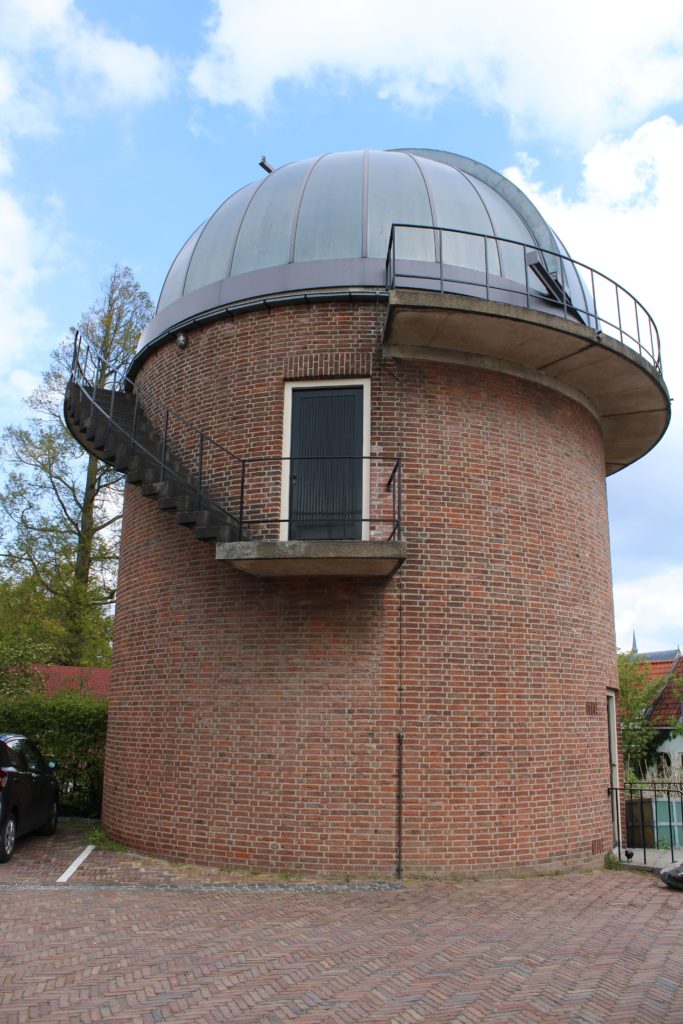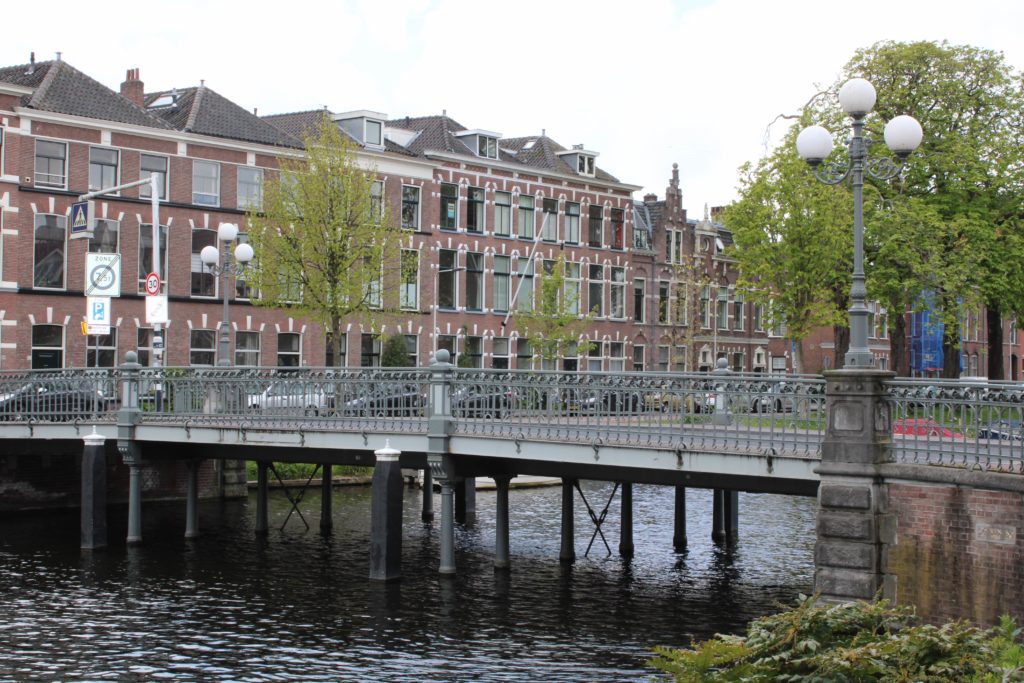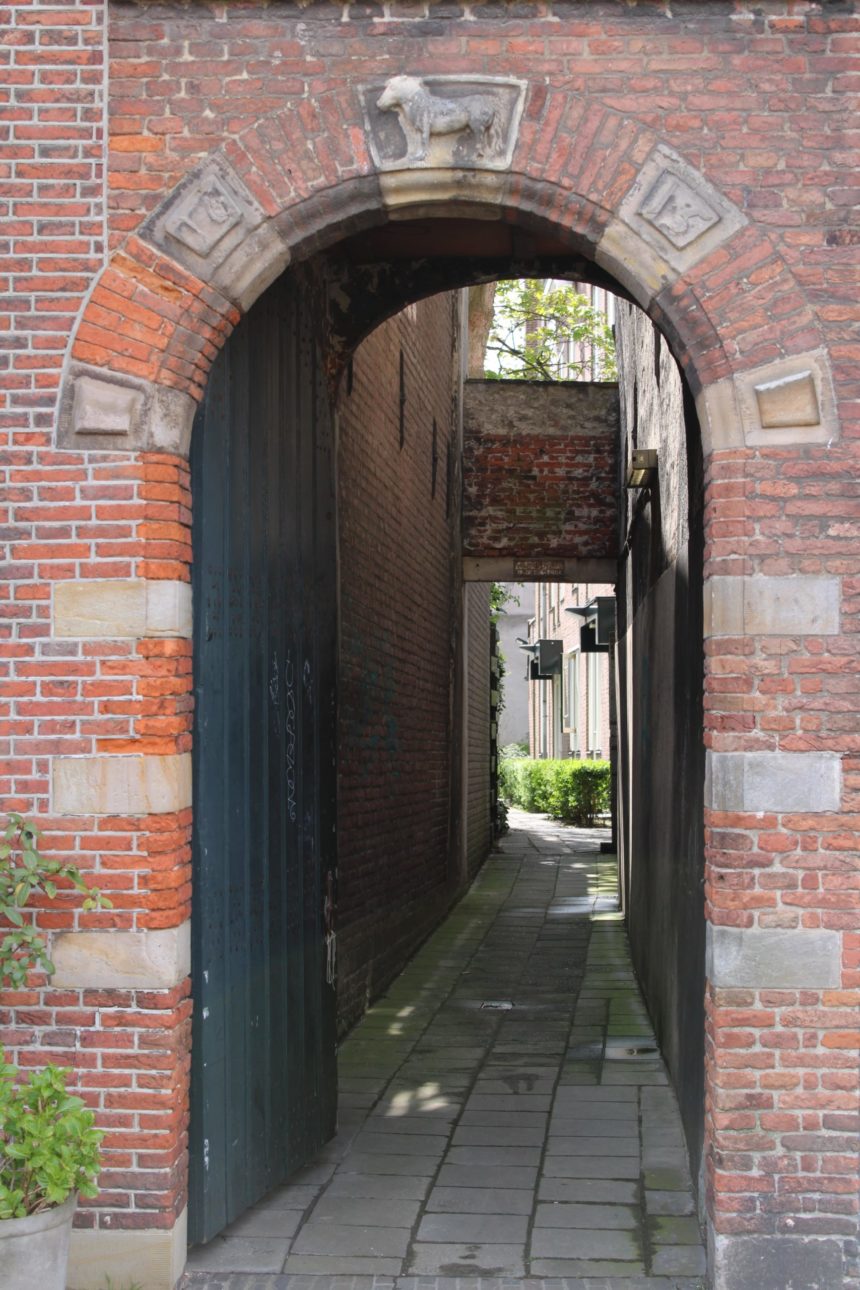Leiden, the Netherlands. Day 145 since the total lockdown. The stores and hospitality services have reopened slowly. Sadly, museums and cinemas haven’t yet.
As an archaeologist, I love to visit museums and archaeological sites. But, because of the situation, this is not possible right now. I’ve decided that this won’t stop me to enjoy the cultural heritage. We can still go out for walks. I checked some information online about the town I live in and got myself a book about its history. I took my bike and my camera and went out decided to discover new things around me and enjoy the heritage that is close to me and that I can still enjoy even with close museums.

First stop, the square just in front of my house Beestenmarkt, right now is just a nice square surrounded by water and restaurants but it owns its name to the animal market that took place on it for centuries. On my way to the next stop. Leiden is the hometown of the painter Rembrandt, and there is a whole square dedicated to him next to where his childhood house used to be. Next to this square, a reconstruction of the windmill of Rembrandt’s parents. It is located in an ideal place, just in the historic harbour, where all the boats are houses and we can find nice old houses. And next to the harbour, the Morspoort, built in the 17th century.




Cycling around I discovered some nice little details from the city. While stopped to pet a cat on the street (all the cats here are house cats that just have time outside) I looked up and saw this door with a nice decoration on top. After further exploring the city I discovered that is not the only of them lying around. They are reminiscences of the first families living in those houses and their occupation.







On my way to the university buildings, I came across Doelenpoort, the “target” gate that gave access to the arsenal of the city. I reached the university buildings with the Hortus Botanicus where the first tulips of Europe were planted. These buildings used to be a monastery until the Dutch expulsed the Spanish army from the city and the Leiden people got the University in return for their bravery. There is also an old observatory, that nowadays is the part of the law faculty. The new houses built around these buildings have been decorated with constellations. Next to the observatory a bridge like any other, but, what I discovered, this was Einstein’s favourite bridge while he lived in Leiden. Yes, Albert Einstein lived in Leiden while teaching at the Leiden University.








I continued cycling around the canals. Following what, until the 16th century, were the walls of the city. I stopped for a nice picture of some bridges just to check my book and discover that where I was standing was the entrance the pilgrims from the Mayflower entered in Leiden. Mayflower pilgrims? In Leiden? Yes, they came escaping from the religious prosecution they were experiencing in England. And stayed for some years. They lived close to their church Pieterskerk (Saint Peters). In one of the walls outside the church, there is a commemorative of these pilgrims. And what else is around this church? Well, in the square next to it, the old jail and the guards’ houses, Gravensteen. Nowadays part of the university buildings. While checking these buildings, I found there was an art piece exhibition. The Japanese artist Sachi Miyachi had created an art piece based on the windows of this building in wood. Adding birds houses to it. But Sachi Miyachi is not the only artist around here. Walking through a small street I found, Rembrandt’s school and atelier. Currently is a museum, that is obviously closed, but they have created a nice way to engage with people. If you walk to the window and pose, Rembrandt, helped with a camera and some 21st century I suspect, will create a sketch of you that you can download from their webpage.











Back on track, on my way to the Van der Werf park, I met the old police station, now an apartment building (a common practice in this country where no sunk land is not that available). And next to it, some stone cases. They have flowers. It is a monument in memory of the Jewish who were deported from the city during the Nazi occupation. This week the Netherlands celebrated Liberation Day and all the monuments to the victims got flowers in their honour.



Just behind, the law faculty. Claiming to be the coldest point on the planet for 1 minute. Why? Liquid nitrogen was discovered here when it was the physic faculty. The location of this building is also interesting, or so the book tells me. In 1807 a boat full of gunpowder exploded in this area creating a big explosion and destroying the houses around. The faculty is where some of those houses were and, in front, a park dedicated to the most famous mayor of Leiden. This mayor, van der Werf, offered his hand to the people to eat while the city was under Spanish siege in the 16th century.


Behind this park, a new square, just built in the effort of the city to be more green and have fewer cars. Biking around the square I realised a building I haven’t notice before. There is a plate on the front, it makes it easier to discover things this way. It was a synagogue, constructed in the 18th century and in use until the 19th. Interesting.

Now I cycle towards the hill of Leiden. The Netherlands is known as a plain country. And it is. But in Leiden, they created a way to fight against the floods: to build a hill, de burcht (800-1200). Surrounded by walls it looks like a castle but its interior is empty to allow as many as possible inside. And close to it, the pilgrims’ museum. A house that used to be inhabited by those Mayflower pilgrims while staying in Leiden. In the downstairs, they have created a museum with furniture of those times that anyone can see through the windows. Finally going home. Checked of another building on my way, the Lakenhal, nowadays is a museum about Leiden, in its origin, the fabric makers and traders house.



While museums keep close, and our entertainment options are limited. Why not make some online investigation and explore our surroundings. Visiting your own city as a tourist will do. Explore those heritage spaces that you walk through so many times and discover which secrets they have for you.

